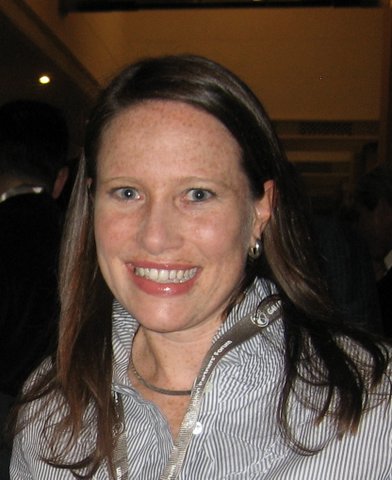
By Alexis Heaton, SC4CCM Country Technical Manager
This post originally appeared on JSI.com
It was great to see a number of sessions at APHA dedicated to the work of community health workers (CHWs) to improve access to services and treatment, specifically for infants and children. A key message that came out of several sessions I attended was that in order to do their important work, CHWs need the strong support of the communities they serve, local leaders, and the government health structures that they operate within. They also need a continuous supply of medicines and products required to treat the clients they see and a system to support that.
When those things come together the health impact can be stunning. The Rwanda MOH and collaborator, Brown University (among others), presented their findings that, following the introduction of ICCM for the treatment of children under five in the community, child mortality decreased significantly at the national level (even when controlled for other factors affecting child mortality). They also observed that facility utilization of children under 5 decreased dramatically and the pediatric cases seen at health facilities shifted towards more serious conditions.
A number of presenters representing work in a variety of countries highlighted how CHWs are most effective when there are strong connections with the community and its leaders; with this alignment of health objectives the CHWs felt empowered to share their messages and community members actively looked to them for services and advice. During my own roundtablepresentation on the use of quality improvement teams to reinforce the use of standard procedures for resupplies of medicines in Rwanda, we discussed the role of team-based approaches to problem solving and how these approaches can be successfully adapted for CHWs. SC4CCM found that by participating in teams with other levels of the health system, CHWs felt more connected and valued. Our results showed that giving teams the tools to identify their own challenges, goals and local solutions, the availability of medicines with CHWs increased significantly.
All of the presentations pointed towards the potential of CHWs to improve health outcomes, but only with significant support and connection to a larger, functioning system. There needs to be supportive supervision to ensure quality of care and adherence to supply chain procedures, political will and resources to support the program, and structures that help align objectives and performance goals across levels of the system. While all of this effort may not mean that the implementation of community case management is any less expensive than treating patients at facility, if the significant health impact demonstrated at scale in Rwanda can be replicated and sustained elsewhere it is certainly worth the investment in terms of saving children’s lives.

